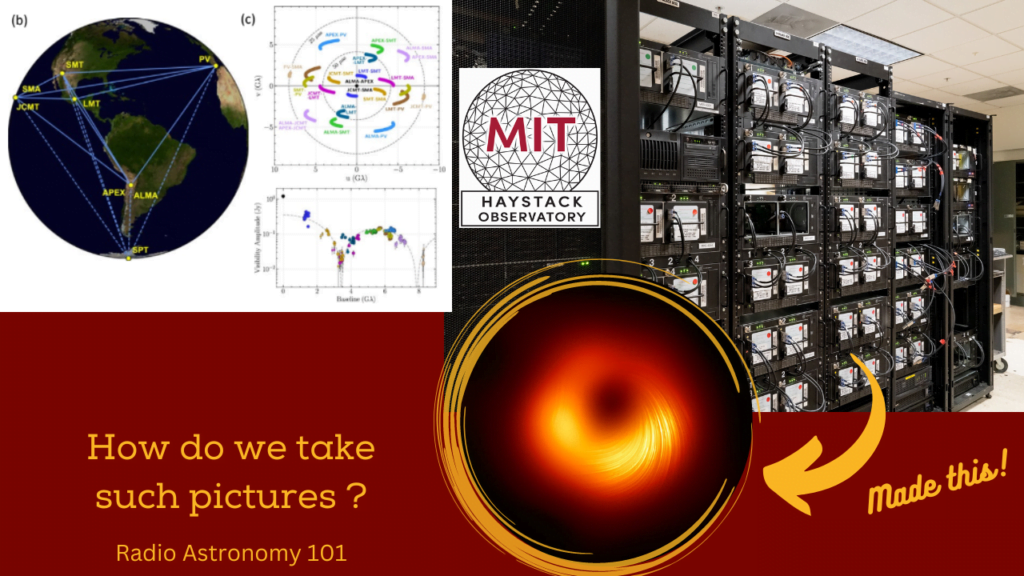In the quest to unravel the enigmatic nature of black holes, the Indian Space Research Organisation (ISRO) has embarked on a groundbreaking endeavor—the XPoSat mission. Marking India’s maiden dedicated X-ray polarimetry mission, XPoSat aims to explore and analyze black holes’ cosmic wonders with unprecedented precision and depth. Let’s delve into this revolutionary mission, its objectives, and the payloads at its forefront—POLIX and XSPECT—pioneering instruments designed to unlock the secrets of these cosmic phenomena.
XPoSat Mission Overview
Launched by ISRO, the XPoSat (Polarimetry Satellite) mission represents a significant leap forward in astrophysical research. Positioned in low Earth orbit, this cutting-edge satellite is equipped to observe and analyze cosmic X-ray sources, primarily focusing on black holes and neutron stars.
Objectives of XPoSat Mission
Black Hole Studies: XPoSat aims to scrutinize black holes, particularly their accretion disks, and jets, shedding light on their behavior, composition, and magnetic fields.
Pulsar and Neutron Star Exploration: In addition to black holes, the mission also investigates pulsars and neutron stars, unraveling their intricate structures and emissions.
X-ray Polarimetry: The primary focus lies in utilizing X-ray polarimetry—a technique to measure X-ray polarization—to gain deeper insights into the high-energy phenomena occurring in these celestial bodies.
Payloads: POLIX and XSPECT
POLIX (Polarimeter for Imaging X-rays)
POLIX stands as the cornerstone of XPoSat’s scientific equipment. This cutting-edge instrument is geared towards capturing polarized X-rays from celestial sources with remarkable accuracy and precision.
Key Features of POLIX:
Polarimetric Capabilities: POLIX facilitates the measurement of polarization in X-rays, enabling scientists to understand the magnetic and gravitational dynamics around black holes.
Imaging Functionality: Alongside its polarimetric capabilities, POLIX also offers imaging features, providing detailed images of the X-ray sources under scrutiny.
Energy Range: This payload covers an extensive energy range, crucial for capturing various emissions from black holes, neutron stars, and other cosmic sources.
XSPECT (X-ray Spectrometer)
XSPECT complements POLIX by focusing on the spectral analysis of X-rays emanating from these celestial entities, offering invaluable insights into their composition and emission mechanisms.
Key Features of XSPECT:
High-Resolution Spectroscopy: XSPECT’s high-resolution spectroscopy capabilities enable detailed analysis of X-ray emissions, aiding in determining the chemical composition and temperature of the observed sources.
Accurate Energy Measurement: This payload precisely measures the energy levels of X-ray emissions, allowing for a comprehensive understanding of the physical processes occurring in black holes and neutron stars.
Significance of XPoSat Mission
The XPoSat mission holds immense significance in the realm of astrophysics and space exploration:
Scientific Breakthroughs: By employing cutting-edge technology, XPoSat has the potential to unearth groundbreaking discoveries about the nature and behavior of black holes, pulsars, and neutron stars.
Advancement in X-ray Polarimetry: This mission pushes the boundaries of X-ray polarimetry, paving the way for future missions and enhancing our capabilities to study high-energy celestial phenomena.
Global Collaborations: XPoSat’s data and findings will contribute to international efforts in understanding the universe, fostering collaborations and enriching the global scientific community.
In conclusion, ISRO’s XPoSat mission stands at the forefront of astrophysical exploration, poised to revolutionize our understanding of black holes and other cosmic marvels. With its cutting-edge payloads like POLIX and XSPECT, this mission opens new frontiers in deciphering the mysteries of the universe, marking a significant milestone in humanity’s quest for cosmic understanding

